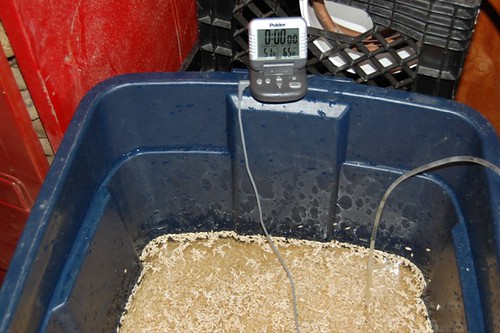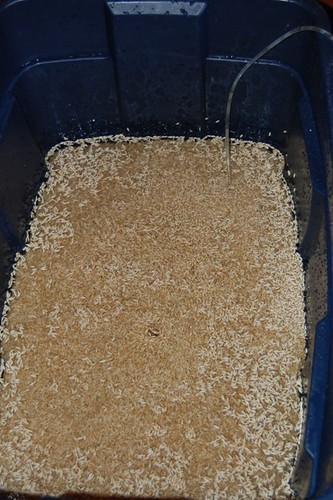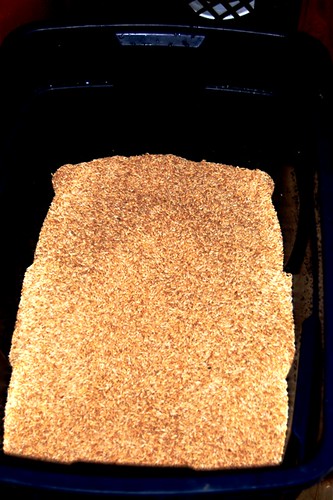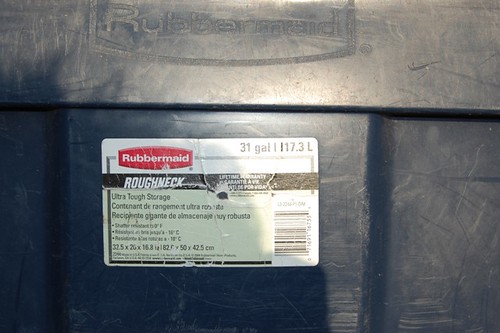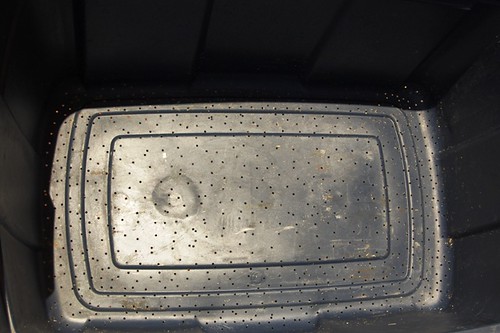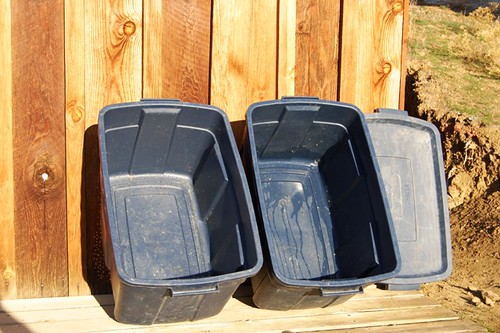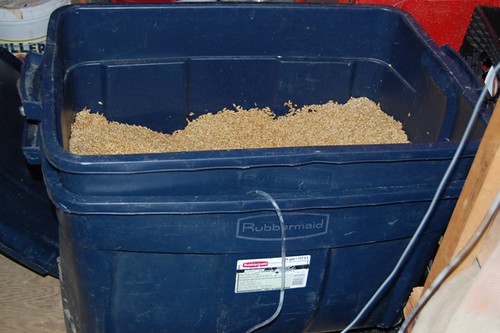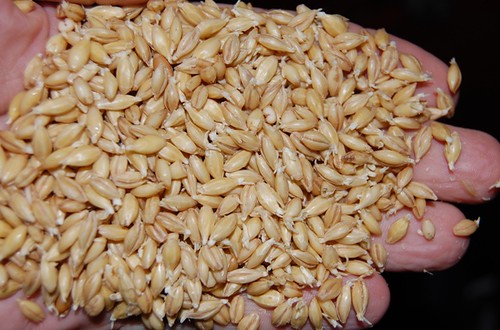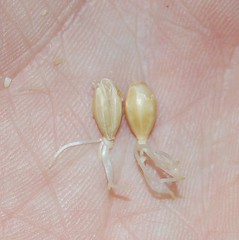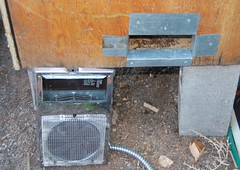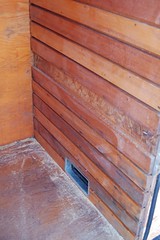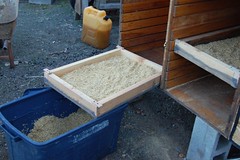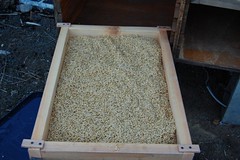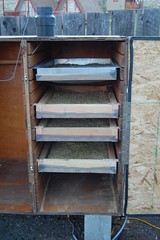ClarnoBrewer
Well-Known Member
I wasn't sure where to put this, but it doesn't get more DIY than maltng your own barley!
First off, let me say that I'm lucky that over the winter I have plenty of free time. I work from February to November, so I'm currently spending my time tinkering and convincing SWMBO that I'm desperately looking for a winter job...
Having sad that, I embarked on an attempt at malting my own barley. There's a guy not far from me that grows 2-row specifically for beer. He grows feed barley and wheat on most of his ranch, but since he brews, he's started putting out a fair bit of the good stuff. I bought a 50lb bag from him for about $18 and it was already cleaned and dried.
The process was pretty simple. Soaking, sprouting, couching, kilning and roasting. Unfortunately I didn't take pics. I'm going to start another batch after Thanksgiving and I'll document and share if people are interested.
I guess the important thing is that if you have a bit of time, home malting is pretty easy. Next week I'm going to brew with the barley I just malted, so the proof will be in the pudding.
Is anyone interested in a walk-through? If so, I'll take pics as I go.
First off, let me say that I'm lucky that over the winter I have plenty of free time. I work from February to November, so I'm currently spending my time tinkering and convincing SWMBO that I'm desperately looking for a winter job...
Having sad that, I embarked on an attempt at malting my own barley. There's a guy not far from me that grows 2-row specifically for beer. He grows feed barley and wheat on most of his ranch, but since he brews, he's started putting out a fair bit of the good stuff. I bought a 50lb bag from him for about $18 and it was already cleaned and dried.
The process was pretty simple. Soaking, sprouting, couching, kilning and roasting. Unfortunately I didn't take pics. I'm going to start another batch after Thanksgiving and I'll document and share if people are interested.
I guess the important thing is that if you have a bit of time, home malting is pretty easy. Next week I'm going to brew with the barley I just malted, so the proof will be in the pudding.
Is anyone interested in a walk-through? If so, I'll take pics as I go.


